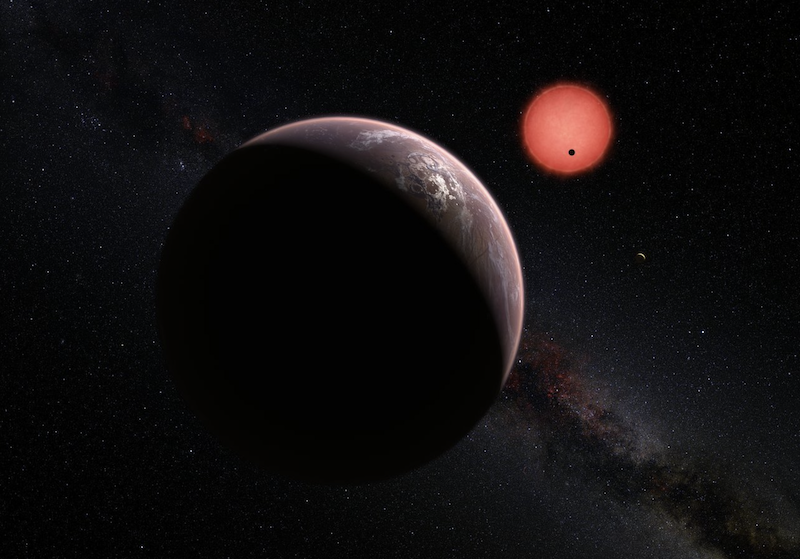
Contact with alien civilizations from somewhere else in the universe has been a topic of fascination for most of human civilization. (Considering what happened to indigenous peoples in the Americas after European contact, whether or not this would be a good idea is a whole different topic, but let’s press on.)
Theoretically, there could be as many as 300 million potentially habitable planets in our galaxy, although given the vastness of the universe, direct contact is pretty difficult. But there are other ways. With our advancing telescope technology, we will soon be able to measure the chemical composition in the atmospheres of planets around other stars. Hopefully, we will be able to identify compounds — call them biosignatures or technosignatures — that are produced by life.
Of course, this works both ways. Any intelligent civilization could use their equivalent of the James Webb Space Telescope to find Earth and analyze our atmosphere for signs of life. And what would be one of the more obvious signs that we are here? Pollution.
That’s right, through our pollution, we are announcing our presence as an advanced civilization. For example, chlorofluorocarbons (CFCs) are artificially produced chemical pollutants throughout our air. That’s a real clue that something unnatural is happening on this planet, and anyone with the technology to analyze the light signatures could figure it out.
Would we want to be discovered by an advanced civilization? If we decide not, this is another good reason to clean up our act.
For a detailed explanation of how atmospheric chemicals can be detected, see “Aliens on TRAPPIST-1e Could Find Us By Our Pollution” posted by Paul Scott Anderson (https://earthsky.org/space/trappist-1e-pollution-earth-detection-webb/?).
